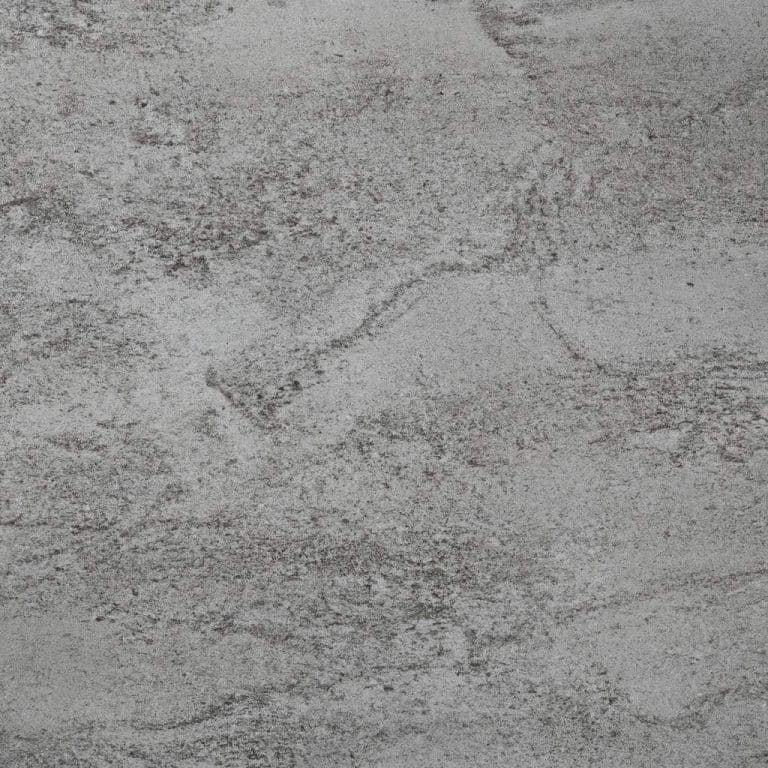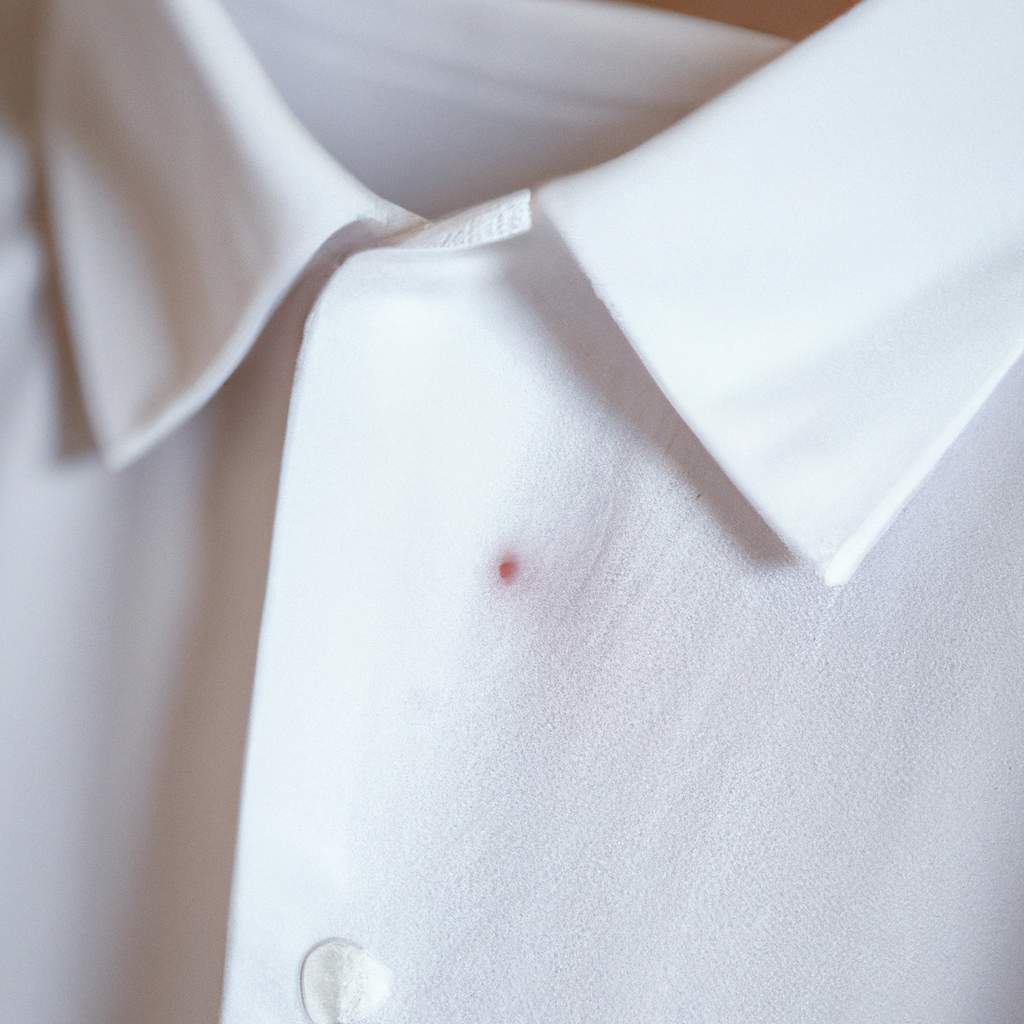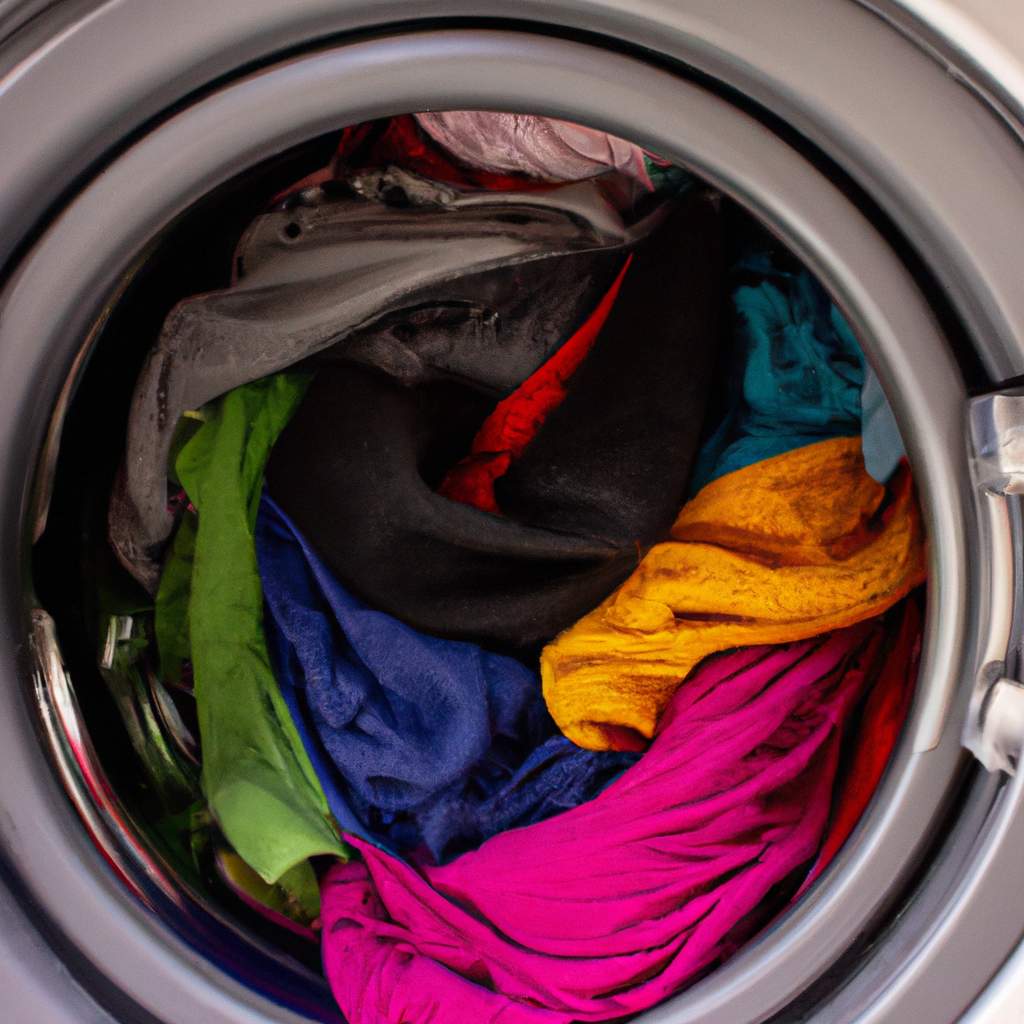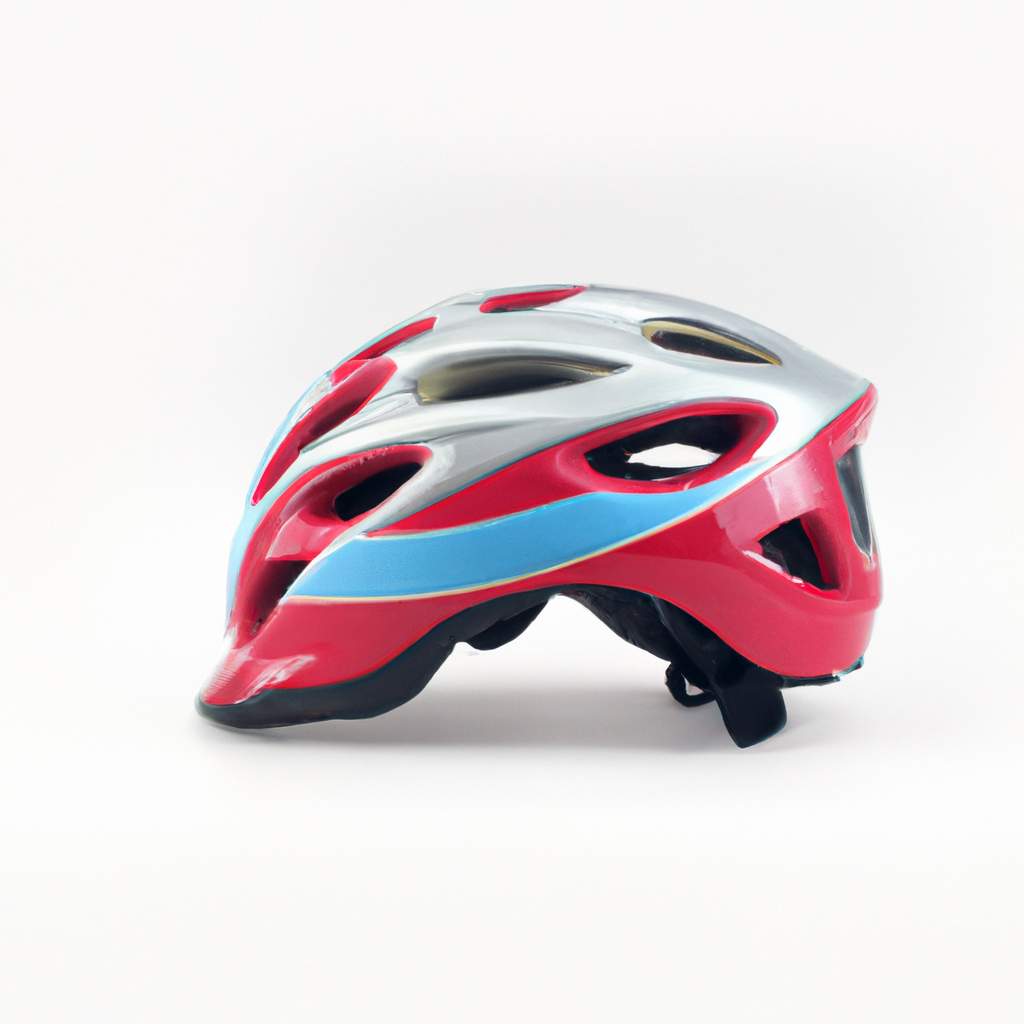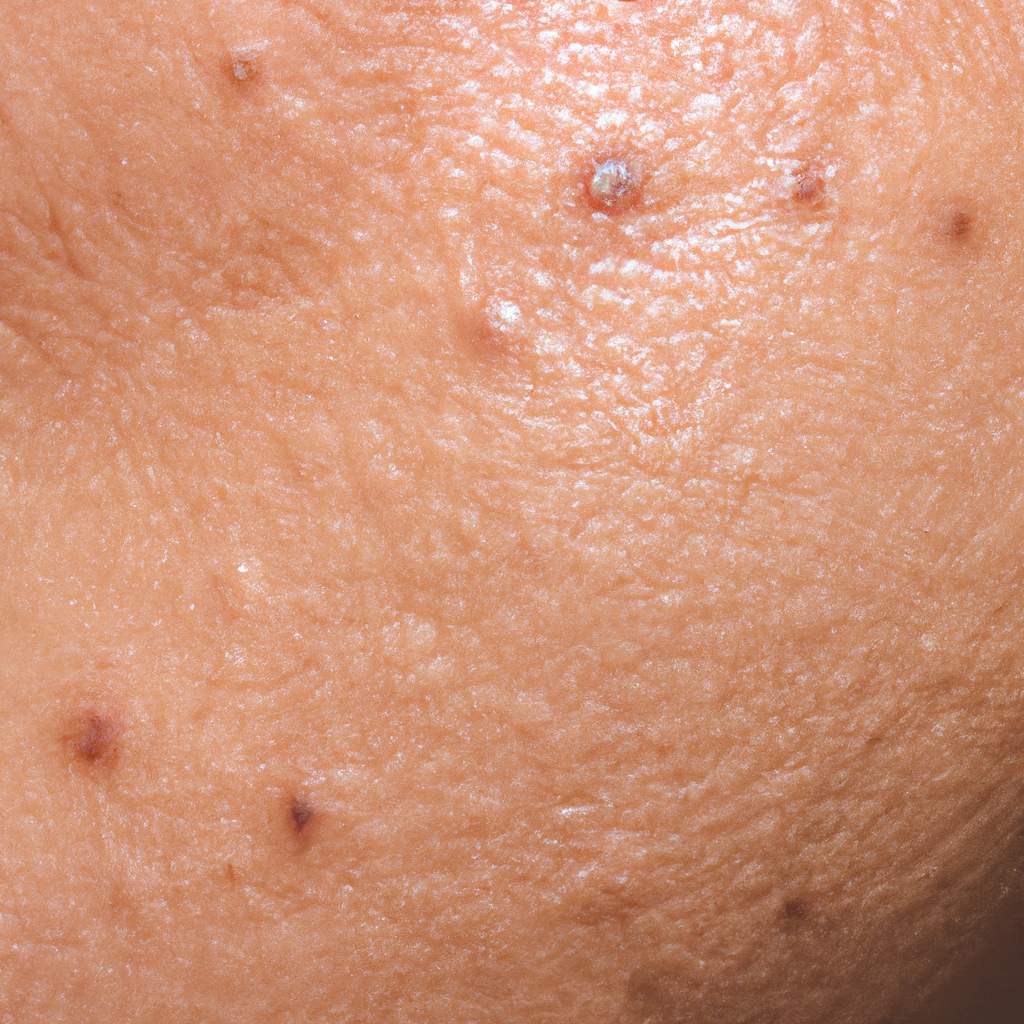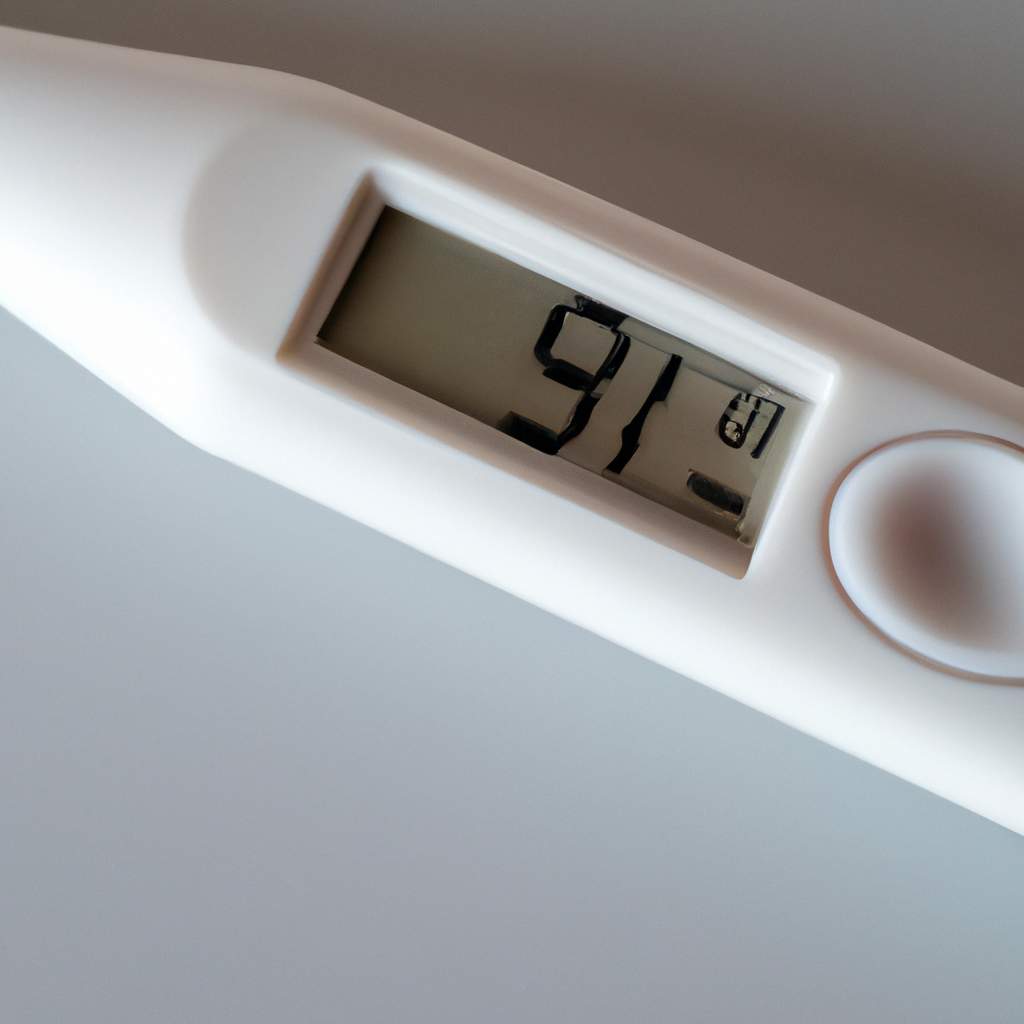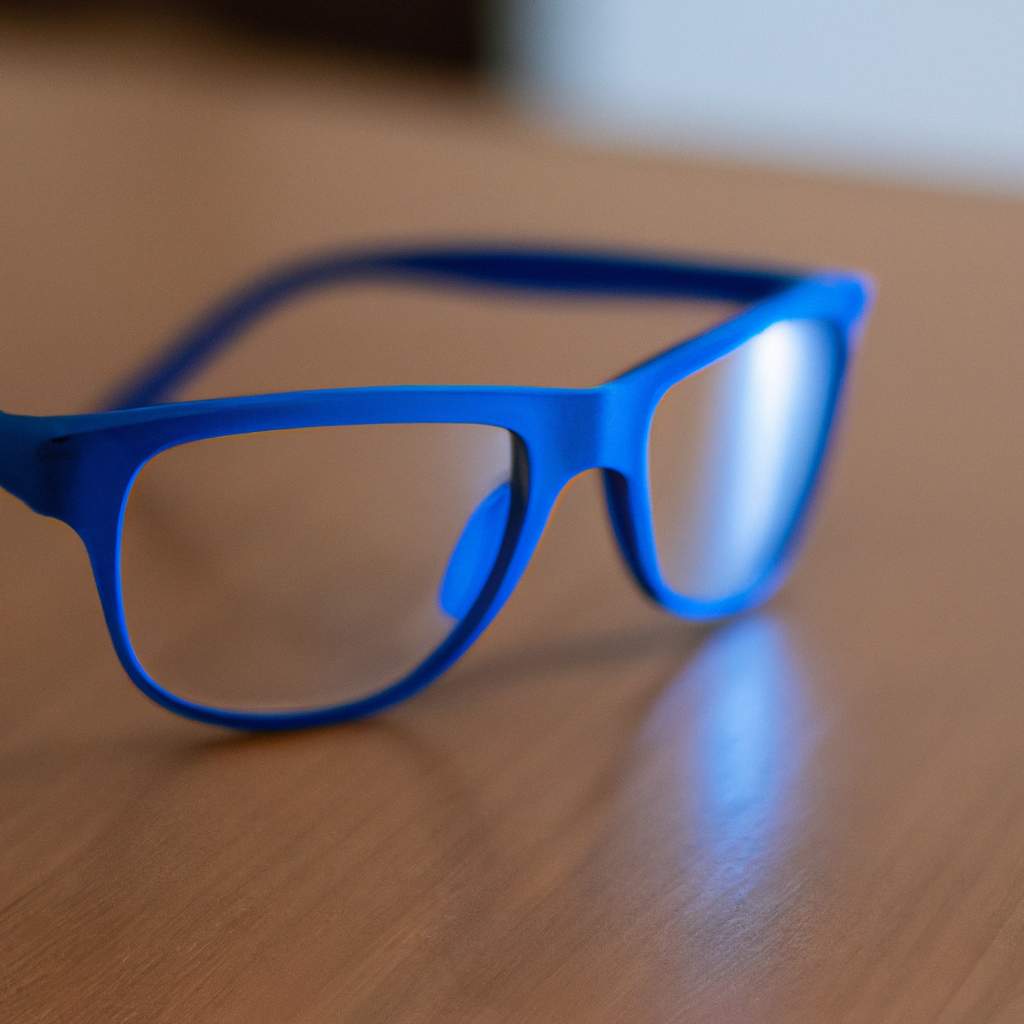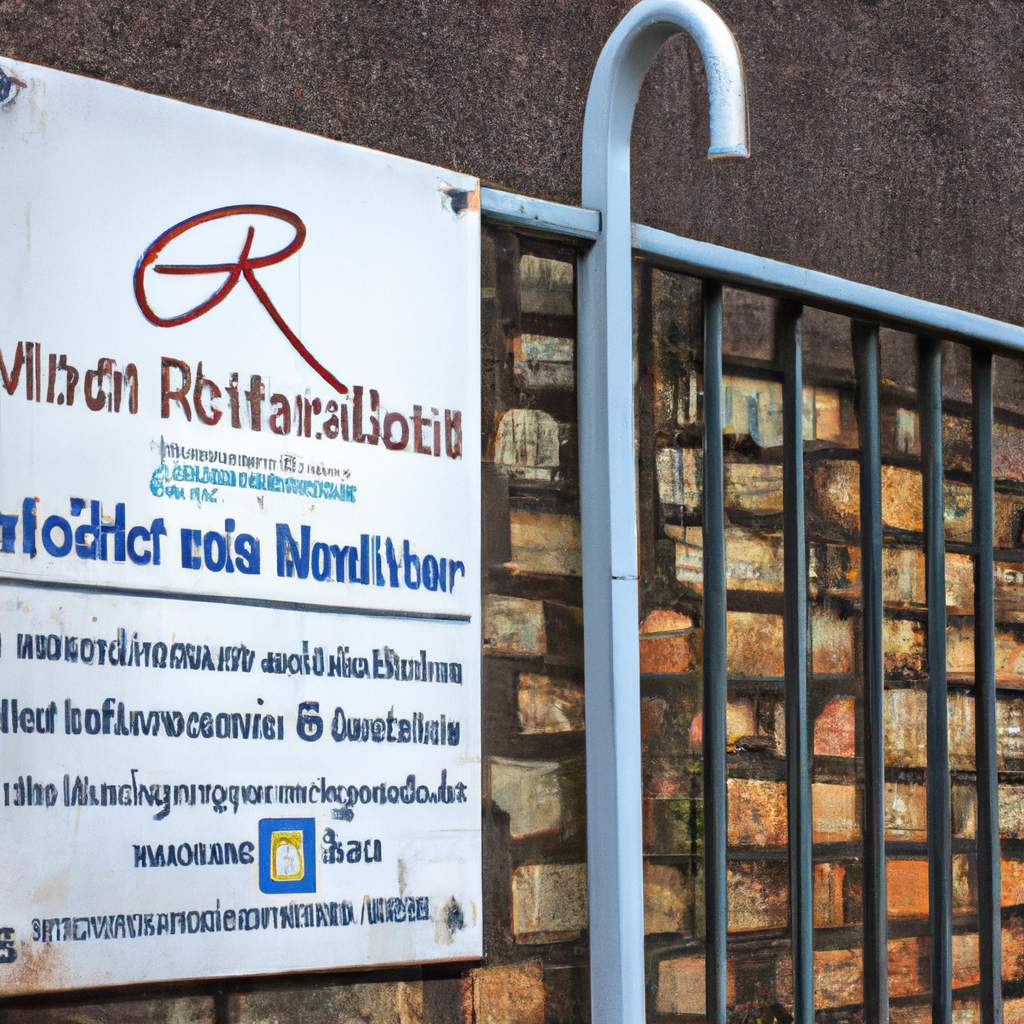Concrete printing is a versatile and visually appealing option for both outdoor and indoor surfaces. It offers unique aesthetic results that go beyond traditional flooring options. In addition to its decorative qualities, concrete printing also boasts various technical advantages. However, it's important to consider some drawbacks associated with this material. Here's everything you need to know about concrete printing.
Features and Pricing of Stamped Concrete
Printed concrete is a finishing flooring material that is commonly used to enhance the borders of a pool, pathways, terraces, and the floors of houses, among other applications. This versatile material can be customized and is suitable for both professionals and homeowners. It involves pressing textured patterns onto freshly poured concrete. The composition of printed concrete includes cement, water, and aggregates such as sand, stone, or gravel. The choice of aggregates determines the final appearance of the material. The installation of printed concrete is best done by a specialized company. The cost of installation varies depending on factors such as the components of the printed concrete, the chosen pattern and finish, the size of the area to be covered, and the professional hired for the job. To get an accurate estimate, it is recommended to request quotes from different contractors specializing in printed concrete installation.
The key benefits of stamped concrete
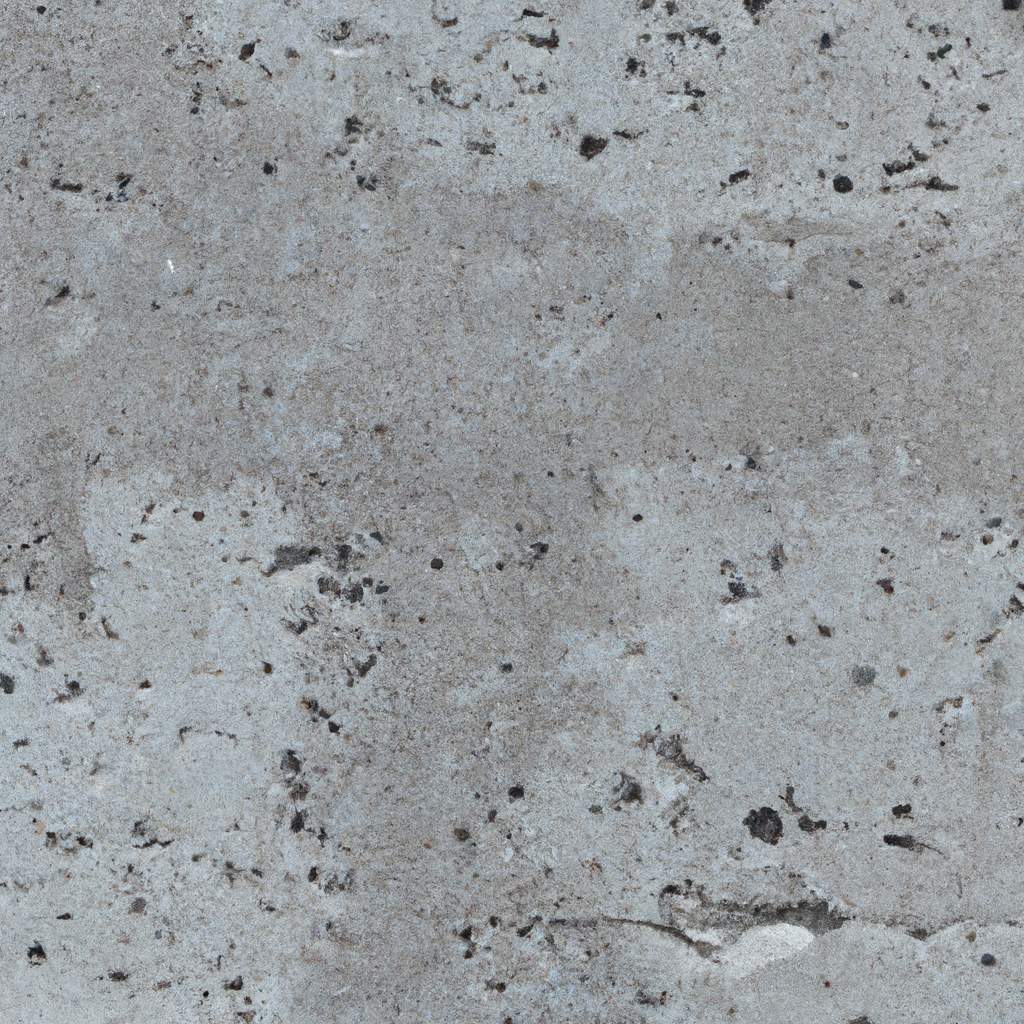
Printed concrete is a highly advantageous flooring option that offers aesthetic appeal, durability, and easy installation and maintenance. It can be customized with various patterns to enhance the visual appeal of a specific area, and its colors do not fade over time. With an average lifespan of 30 years, printed concrete is known for its longevity and resilience, making it suitable for various projects. Additionally, it provides slip resistance and is easy to clean, requiring minimal time and equipment. The surface is covered with a resin coating that makes it resistant to stains, and it can be cleaned with water. Applying a protective sealant is recommended to maximize its lifespan.
The drawbacks of printed concrete
Concrete printing offers numerous advantages but also comes with a few drawbacks, such as its relatively high cost. Additionally, its installation requires specific skills and the use of specialized equipment. This flooring option must be carefully executed to avoid potential cracks, so the work needs to be done under strict weather conditions and requires the intervention of a professional team.
Image source: piqsels.com.
